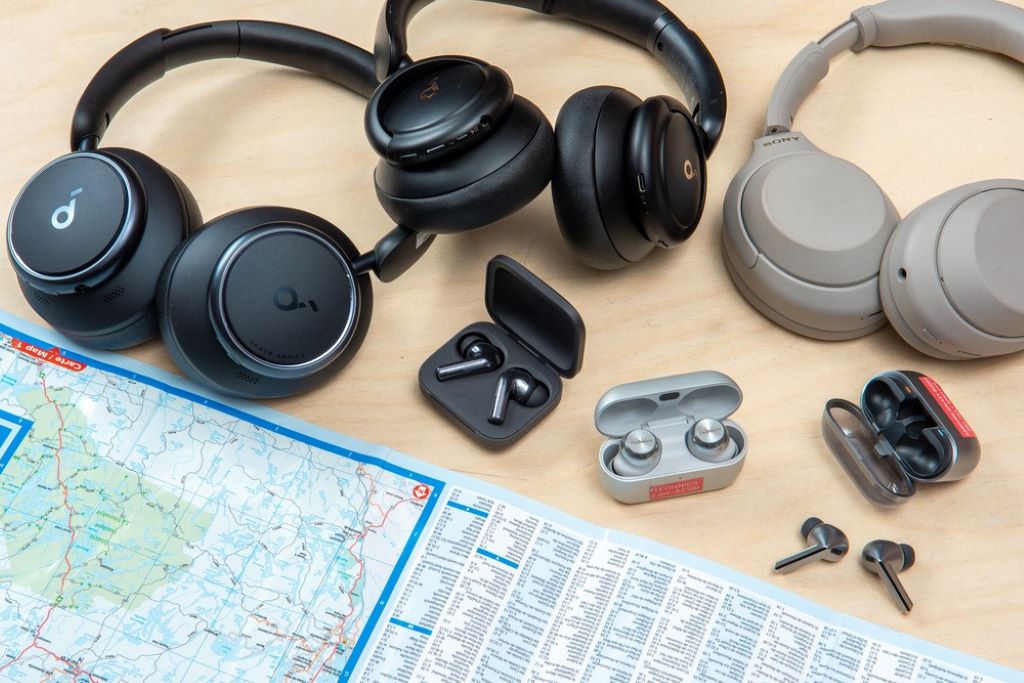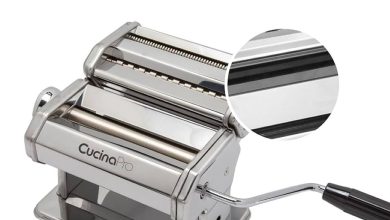Sony vs Bose: ANC Flagships Compared – Which Premium Headphones Dominate in 2025?

In the battle of premium headphones, two names rise above the rest: Sony and Bose. Both brands have led the active noise cancellation (ANC) revolution, setting the gold standard in wireless audio technology. But in 2025, the competition has reached new heights with the Sony WH-1000XM5 and Bose QuietComfort Ultra Headphones two flagship models that promise unmatched silence, superb sound quality, and comfort for long-haul use. This in-depth comparison of Sony vs Bose: ANC Flagships Compared will reveal which truly deserves your investment.
Design and Comfort: Aesthetic Meets Practicality
When it comes to premium audio gear, comfort and design aren’t just luxuries—they’re necessities. Sony’s WH-1000XM5 offers a sleeker, more futuristic profile than its predecessors. The slim headband, seamless earcups, and reduced visible hinges make it feel modern and lightweight. At 250 grams, it’s ideal for extended listening sessions. The synthetic leather padding adds a plush feel without overheating the ears.
On the other hand, Bose keeps its legacy alive with the QuietComfort Ultra, prioritizing a classic, functional design. It weighs slightly more at 254 grams but includes soft cushions that rest naturally on the ears. The intuitive controls and minimalistic layout appeal to users who value simplicity.
Comfort is subjective, but user reviews on forums like Head-Fi and Rtings show a slight edge for Bose in long-term wear. Bose’s clamping force feels more balanced, especially for people with larger heads. However, Sony’s lightweight design and soft pads are often preferred during travel.
Active Noise Cancellation: Silence, Perfected
Noise cancellation is the deal-breaker for most buyers. Sony’s WH-1000XM5 is powered by two processors and eight microphones, drastically improving low-frequency noise suppression. According to Rtings, Sony outperforms in blocking out traffic, office chatter, and airplane engine noise.
Bose, however, redefines ANC with its QuietComfort Ultra. Leveraging their new CustomTune technology, it adapts the noise cancellation based on your ear shape and external environment. In real-world scenarios, such as subway commutes or cafés, Bose offers a slightly cleaner silence with fewer pressure imbalances.
Although both models perform excellently, Bose has the upper hand in consistent ANC quality, especially in variable noise environments. However, Sony’s adaptive sound control, which changes ANC levels based on activity, is a standout for users on the go.
Sound Quality: Precision vs Clarity
The heart of any headphones is the audio output. Sony WH-1000XM5 delivers rich bass, warm mids, and detailed highs. Powered by a new 30mm driver and LDAC support, it caters well to audiophiles who love punchy, full-bodied sound. The equalizer in the Sony Headphones Connect app allows deep customization, making it a favorite for sound tinkerers.
Bose’s QuietComfort Ultra excels in clarity and balance. While it lacks LDAC support, it introduces Bose Immersive Audio—a spatial sound feature that widens the soundstage dramatically. This feature is especially compelling for watching movies or listening to orchestral pieces.
Most critics, including The Verge, praise Bose for its natural sound reproduction. But if you prefer deeper bass and more customizable sound, Sony may be the better option.
Battery Life and Charging: Longevity Matters
Battery life can make or break wireless headphones. Sony offers 30 hours of playback with ANC on and 40 hours without. A 3-minute quick charge gives you 3 hours of playback—ideal for those in a rush.
Bose lags slightly with up to 24 hours of battery life and 18 hours with Immersive Audio enabled. While not terrible, it’s notably behind Sony’s endurance. A quick 15-minute charge provides about 2.5 hours of use.
In Sony vs Bose: ANC Flagships Compared, Sony wins the battery life race by a comfortable margin.
Connectivity and Smart Features: Seamless Integration
Sony delivers high-tech perks like multipoint connectivity, wear detection, Google Fast Pair, and Speak-to-Chat, where the music pauses when you start talking. These features are practical and well-executed.
Bose keeps it clean but slightly limited. It supports multipoint pairing and voice assistants but skips some of Sony’s advanced automation. That said, Bose’s new app interface is streamlined and user-friendly.
Sony’s smart ecosystem feels more futuristic, while Bose focuses on reliable basics.

Price and Value: The Investment Question
Both flagships hover around the $379 to $429 range. Sony offers more features per dollar—especially with its long battery life and customizable sound. Bose justifies its price with stellar ANC and immersive spatial audio.
If you’re focused on tech and versatility, Sony offers better overall value. But for purists who prioritize comfort and consistent ANC, Bose justifies the premium.
Real-World Usage: Travelers, Workers, Audiophiles
For frequent travelers, Sony is the ideal companion due to its lighter design and superior battery life. Office workers may prefer Bose for its seamless ANC and comfort during long Zoom calls. Audiophiles might lean toward Sony for its hi-res audio support, while movie lovers would enjoy Bose’s Immersive Audio.
Expert Verdict: Which Headphones Win in 2025?
In Sony vs Bose: ANC Flagships Compared, the answer depends on your priorities. Sony WH-1000XM5 is the tech lover’s dream—packed with features, long battery life, and rich audio. Bose QuietComfort Ultra wins for comfort, superior ANC quality, and spatial audio that feels cinematic.
Each has strengths, but the decision lies in your lifestyle.
Frequently Asked Questions
- Which has better noise cancellation, Sony or Bose?
Bose edges out slightly with its adaptive ANC, especially in unpredictable environments. - Are Sony WH-1000XM5 better for music production?
Yes, Sony’s customizable EQ and LDAC support make it suitable for casual music editing. - Does Bose support spatial audio?
Yes, Bose introduces Immersive Audio, offering a spacious and cinematic listening experience. - Which headphones are lighter?
Sony WH-1000XM5 is slightly lighter at 250 grams, making it better for travel. - How long does the battery last on Bose QuietComfort Ultra?
Up to 24 hours, and 18 hours with spatial audio enabled. - Can I connect both headphones to two devices at once?
Yes, both support multipoint Bluetooth connectivity. - Which one has better app support?
Sony offers more features through its app, but Bose provides a cleaner, simpler interface.
Final Thought
Choosing between Sony and Bose in 2025 is like picking between two luxury cars—both deliver excellence in different ways. If you want the most advanced features, longer battery life, and sound flexibility, go with Sony. If your priority is world-class noise cancellation and comfort, Bose is your winner. Either way, you’re investing in elite audio technology. Let your lifestyle guide your decision—and enjoy the silence either way.
Read More:
How to Organize Your Office Stationery Efficiently: Productive Workspace


